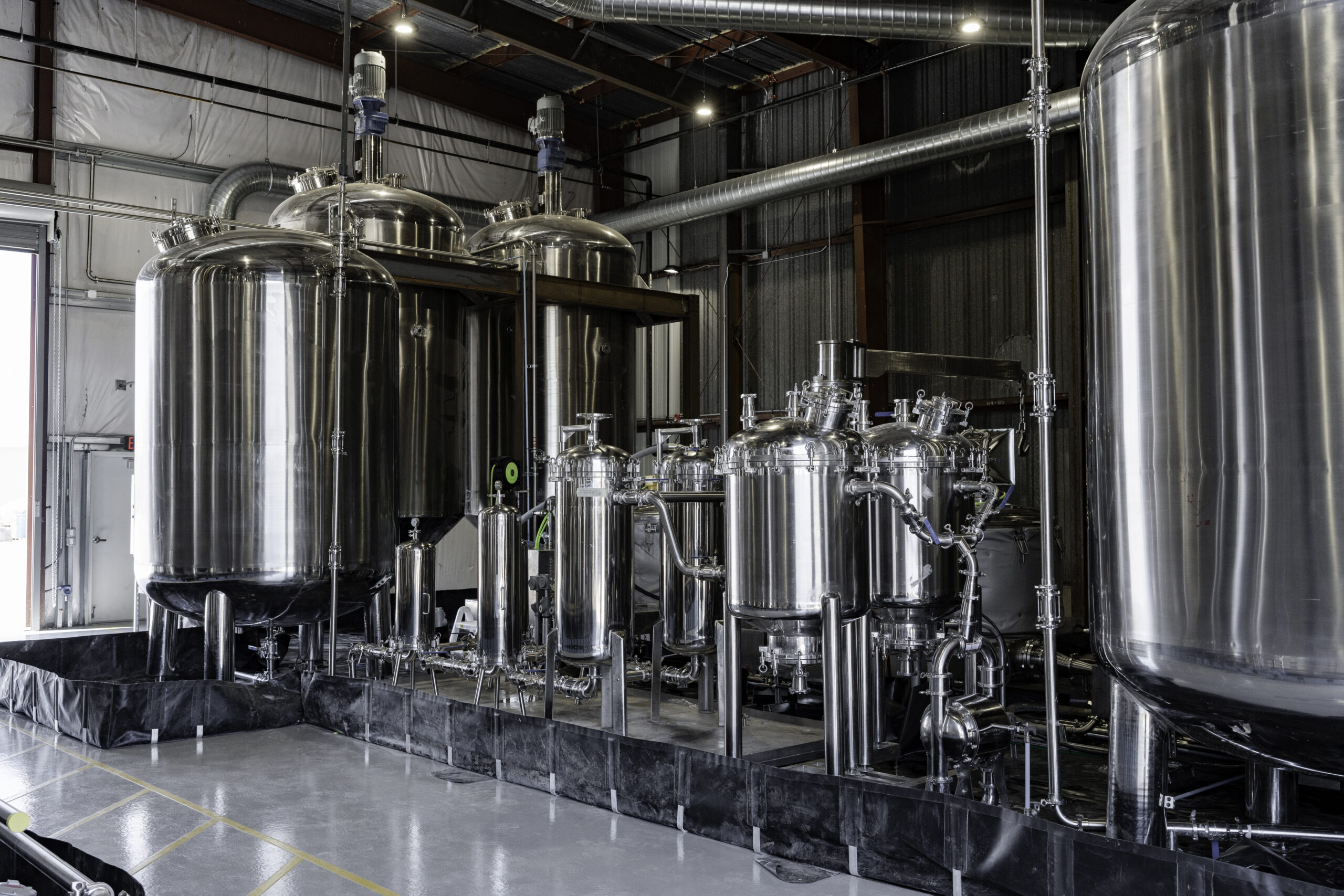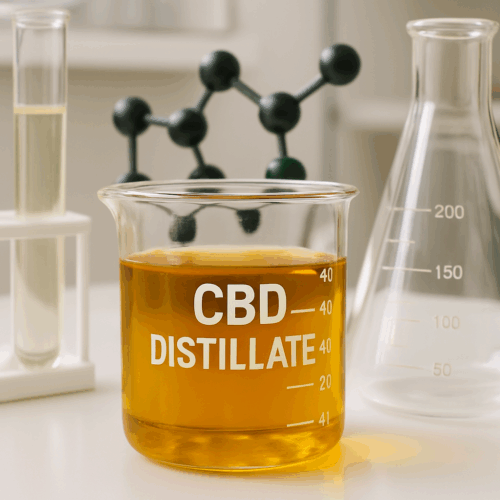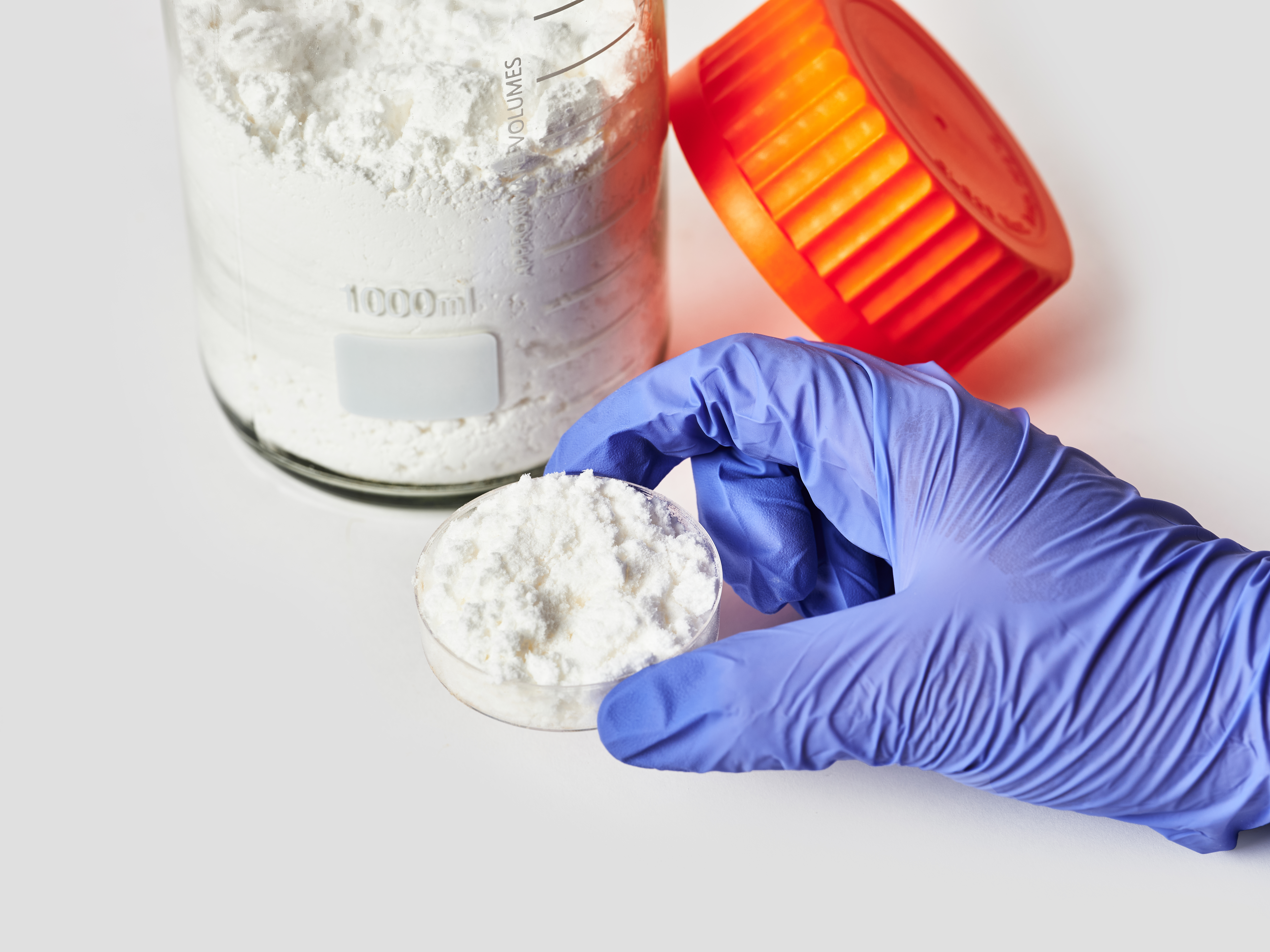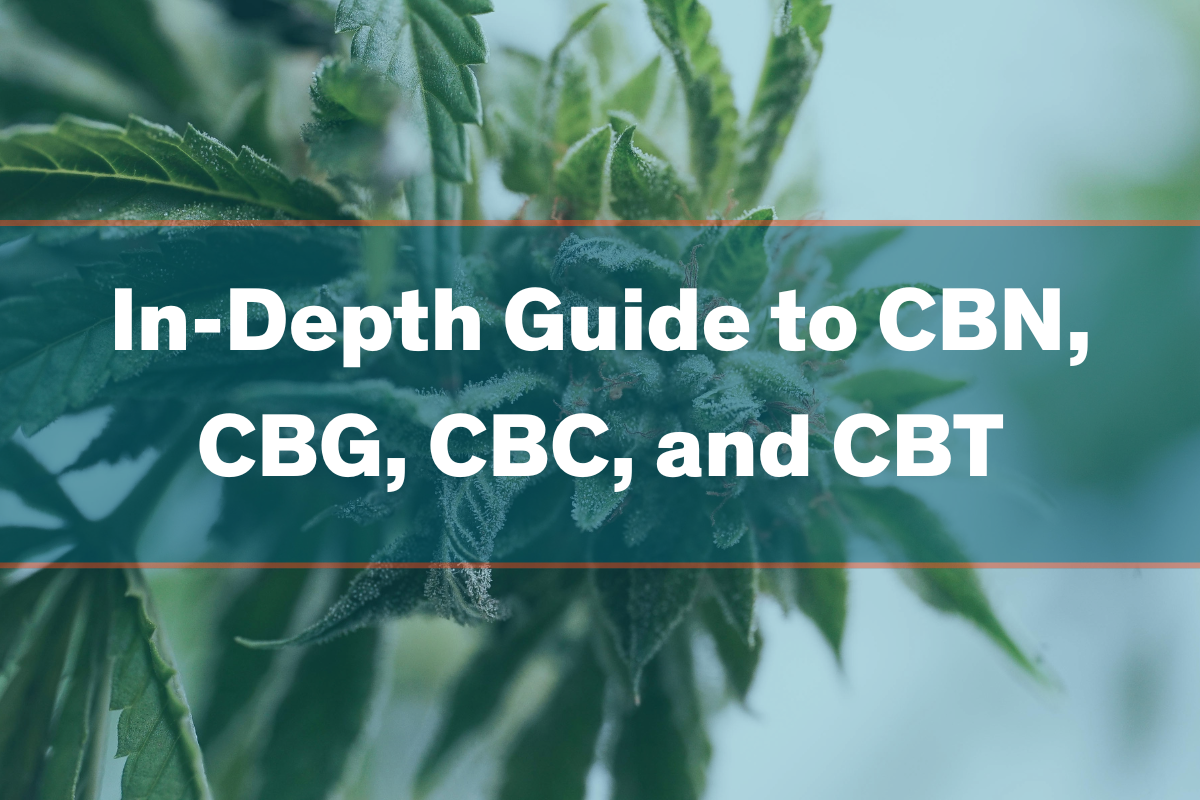Cannabinoid Extraction and Manufacturing: Complete 2025 Guide for US Producers
Posted 2 months ago by GVB Biopharma Evidence Based
Why Extraction & Manufacturing Matter in 2025
The cannabis and hemp extraction industry has evolved dramatically since the early CBD boom. In 2025, operators across the United States face an increasingly sophisticated regulatory landscape, stricter quality expectations, and growing consumer demand for purity, consistency, and transparency.
Extraction and manufacturing form the backbone of every cannabinoid product—whether it’s a full-spectrum tincture, vape distillate, or CBD isolate. Understanding the right extraction methods, regulatory requirements, and quality frameworks is critical for maintaining compliance and competitiveness in the modern market.
GVB Biopharma, one of the nation’s leading cannabinoid manufacturers, continues to set the standard for compliant, scalable, and high-purity extraction. This guide provides a complete, up-to-date overview for US producers navigating cannabis extraction in 2025.
Extraction Methods Overview: Solvent vs. Solventless
Extraction separates valuable cannabinoids and terpenes from plant material. Methods fall into two main categories:
| Method Type | Description | Common Use Cases |
|---|---|---|
| Solvent-Based | Uses chemical solvents (ethanol, CO₂, hydrocarbons) to dissolve cannabinoids for efficient extraction. | Large-scale manufacturing, distillates, isolates |
| Solventless | Uses mechanical means (heat, pressure, ice water) to extract resin without solvents. | Small-batch, craft, or premium concentrate production |
Each category offers unique advantages depending on the end product, scale, and regulatory requirements.
Detailed Guide to Solvent-Based Extraction
Ethanol Extraction
Process: Plant material is soaked or washed with ethanol to dissolve cannabinoids and terpenes, then filtered and evaporated.
Pros: High throughput, cost-effective, excellent for CBD and broad-spectrum extracts.
Cons: Requires winterization and post-processing to remove fats and waxes.
Ideal For: Manufacturers producing isolates or tinctures at scale.
CO₂ Extraction
Process: Supercritical CO₂ acts as a tunable solvent, extracting compounds under high pressure and controlled temperature.
Pros: Solvent-free residue, tunable selectivity, safe and environmentally friendly.
Cons: Higher capital cost and slower throughput than ethanol.
Ideal For: Premium, full-spectrum products where purity and safety are paramount.
Hydrocarbon Extraction (Butane/Propane)
Process: Hydrocarbons dissolve cannabinoids and terpenes, followed by solvent removal under vacuum.
Pros: Produces highly aromatic, terpene-rich concentrates.
Cons: Flammability risk and stringent safety requirements; less favored under some state regulations.
Ideal For: Vape concentrates and live resin products.
Solventless Techniques
Ice Water Extraction (Bubble Hash)
Uses ice and agitation to separate trichomes mechanically. Produces a clean, solvent-free concentrate but with lower yield compared to solvent-based methods.
Rosin Pressing
Applies heat and pressure to cannabis or hash to “squeeze out” resin. It’s safe, simple, and ideal for small-batch or boutique products.
Mechanical Sifting
Separates trichomes through fine mesh screens. Used mainly for dry sift hash production and artisanal markets.
Extraction Method Decision Framework: Choosing for Scale, Purity, and Products
| Criteria | Ethanol | CO₂ | Hydrocarbon | Ice Water | Rosin |
|---|---|---|---|---|---|
| Yield | High | Medium | High | Low | Medium |
| Purity | Very High (post-process) | Very High | High | Clean | Clean |
| Scalability | Excellent | High | Medium | Low | Low |
| Safety | Excellent | Excellent | Moderate | Excellent | Excellent |
| Cost | Low | High | Medium | Low | Low |
| Regulatory Acceptance | High | Very High | Moderate | High | High |
| GVB Best Practice | Ethanol systems validated under cGMP for optimal yield, purity, and compliance. | ||||
Regulatory and cGMP Considerations for US Producers
In 2025, US cannabis extraction operates under increased federal scrutiny and alignment with FDA cGMP standards and cGMP-certified manufacturing for dietary supplements and pharmaceuticals.
Key regulatory pillars include:
cGMP Compliance: Requires documented SOPs, equipment validation, batch traceability, and facility cleanliness.
DEA Oversight: Licensed facilities must maintain secure storage, inventory controls, and chain-of-custody documentation for controlled cannabinoids.
OSHA & Fire Safety: Especially critical for hydrocarbon-based extraction systems.
State Compliance: Varies, but most states now require testing for residual solvents, heavy metals, and microbial contamination.
GVB Biopharma integrates full cGMP and DEA compliance into every stage of manufacturing, maintaining validated cleaning protocols and environmental monitoring across all production suites.
Step-by-Step: Extraction, Winterization, Distillation, Isolation
Extraction: Cannabinoids are separated from biomass using solvent or solventless techniques.
Winterization: Chilling the crude extract with ethanol removes fats and waxes.
Filtration: Solid impurities are removed through fine filters.
Decarboxylation: Converts acidic cannabinoids (like CBDA) into active forms (CBD).
Distillation: Refines the extract into a concentrated distillate.
Isolation: Further purifies compounds (like CBD or CBN) into crystalline forms ≥98% purity.
See our CBD isolate (≥98% purity).
Quality Assurance: Purity, Potency, and Contaminant Testing
Testing is not optional—it’s fundamental. US manufacturers must ensure:
Potency Accuracy: Verified cannabinoid content via HPLC.
Purity Levels: ≥98% for isolates.
Residual Solvent Limits: Within FDA and ASTM guidelines.
Contaminant Testing: For heavy metals, pesticides, and microbial contaminants.
GVB’s in-house analytical team conducts batch-by-batch COA verification to maintain traceable quality from biomass to finished isolate.
Supply Chain: Sourcing Biomass, Inputs, and Equipment (2025 Trends)
2025 brings increasing emphasis on verified domestic sourcing and ESG-aligned suppliers.
Producers should vet:
Biomass Source: USDA-compliant hemp grown under controlled conditions.
Solvent Quality: USP-grade ethanol and CO₂.
Equipment Vendors: US-based, cGMP-compliant, automation-ready.
Innovations in Extraction Tech: Automation and Sustainability
New technologies are reshaping efficiency and compliance:
AI-Driven Process Optimization: Machine learning adjusts parameters in real-time for yield and purity.
Closed-Loop Systems: Reduce emissions and solvent waste.
Modular Extraction Skids: Enable flexible scaling.
Energy Recovery Systems: Improve sustainability metrics and lower cost-per-gram.
Isolates and Distillates: Key Differences for Product Development
| Feature | Distillate | Isolate |
|---|---|---|
| Cannabinoid Content | 50–95% | 98% or higher |
| Form | Viscous oil | Crystalline powder |
| Spectrum | Broad or full | Single compound |
| Applications | Vapes, tinctures, edibles | Topicals, pharmaceuticals, precise formulations |
| GVB Advantage | High-purity isolates and distillates produced under validated cGMP conditions for consistency, safety, and precise formulation control. | |
Explore Bulk cannabinoids & manufacturing services.
Case Study: GVB Biopharma Manufacturing Excellence
At GVB Biopharma’s ISO 9001– and cGMP-certified facility, extraction and purification occur under tightly controlled conditions. Each batch undergoes multi-stage refinement and third-party testing, ensuring pharmaceutical-grade cannabinoid ingredients.
GVB’s US-based operation exemplifies compliance, scale, and innovation, serving brands nationwide with bulk cannabinoids, white-label products, and formulation expertise.
Troubleshooting Common Extraction Challenges
| Issue | Likely Cause | Solution |
|---|---|---|
| Low yield | Poor biomass quality | Source verified, high-CBD hemp |
| Residual solvent | Incomplete purge | Extend vacuum time or adjust temperature |
| Cloudy distillate | Incomplete winterization | Ensure proper chilling and filtration |
| Inconsistent potency | Inaccurate input ratios | Standardize biomass testing |
FAQs on Cannabis Extraction & Manufacturing
Why does GVB Biopharma use ethanol as its preferred extraction method?
At GVB Biopharma, ethanol extraction is the preferred method due to its exceptional efficiency, scalability, and ability to produce consistently high-purity extracts. Ethanol systems validated under cGMP deliver optimal yield while maintaining full compliance with US regulatory standards. This approach also enables faster throughput, safer handling, and superior removal of impurities during post-processing, ensuring the highest-quality cannabinoid ingredients.
How do GVB Biopharma’s processes ensure compliance with US cGMP guidelines?
Through validated SOPs, rigorous documentation, and automated monitoring across every step of production. GVB’s facilities are fully cGMP-compliant and maintain robust quality systems that ensure safe, consistent, and traceable cannabinoid manufacturing.
Why is purity critical for cannabinoid isolates?
High purity ensures safety, predictable dosing, and regulatory compliance for end-use in supplements, food, and topical formulations. GVB’s isolates consistently exceed 98% purity, verified through third-party COAs and in-house analytical testing.
Summary and Action Steps for 2025
As the US cannabis industry matures, manufacturers must balance innovation with compliance. The best operators will invest in validated extraction technology, sustainability initiatives, and traceable supply chains.
GVB Biopharma continues to lead through technical excellence, regulatory alignment, and partnership with forward-thinking brands shaping the next generation of cannabinoid products.
Ready to optimize your program? Talk to GVB’s manufacturing team.
Latest posts
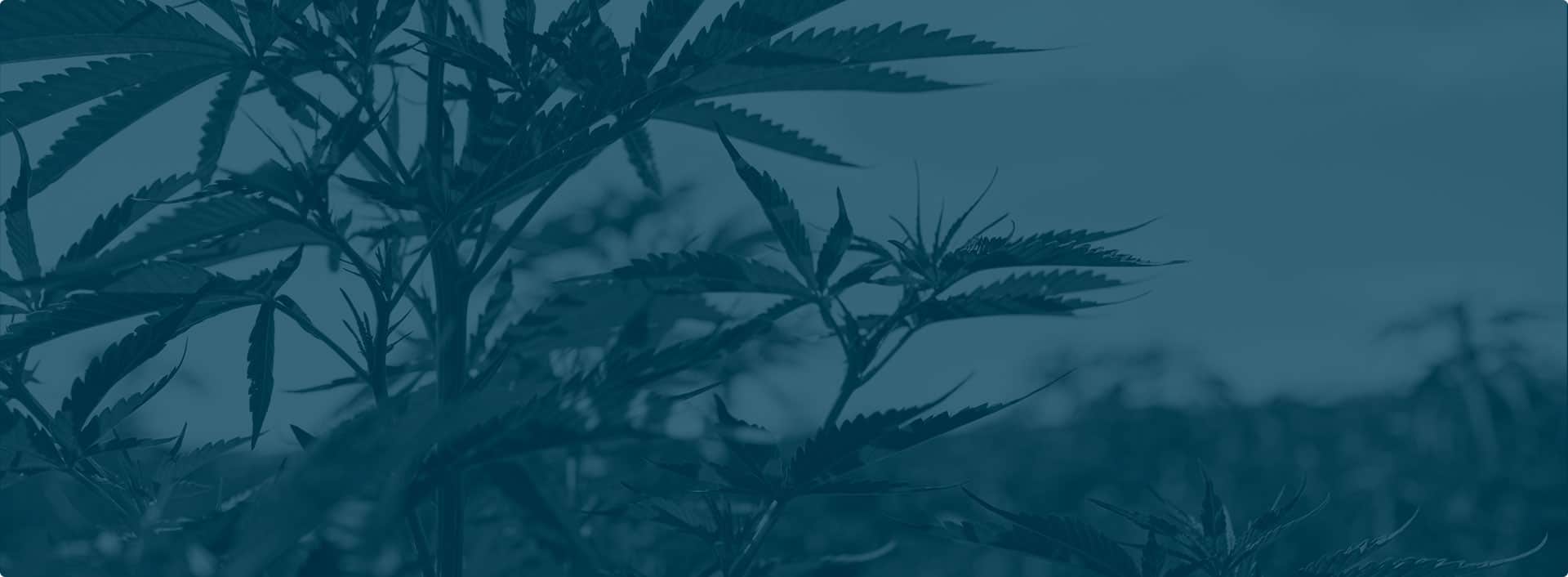
Get in touch today

